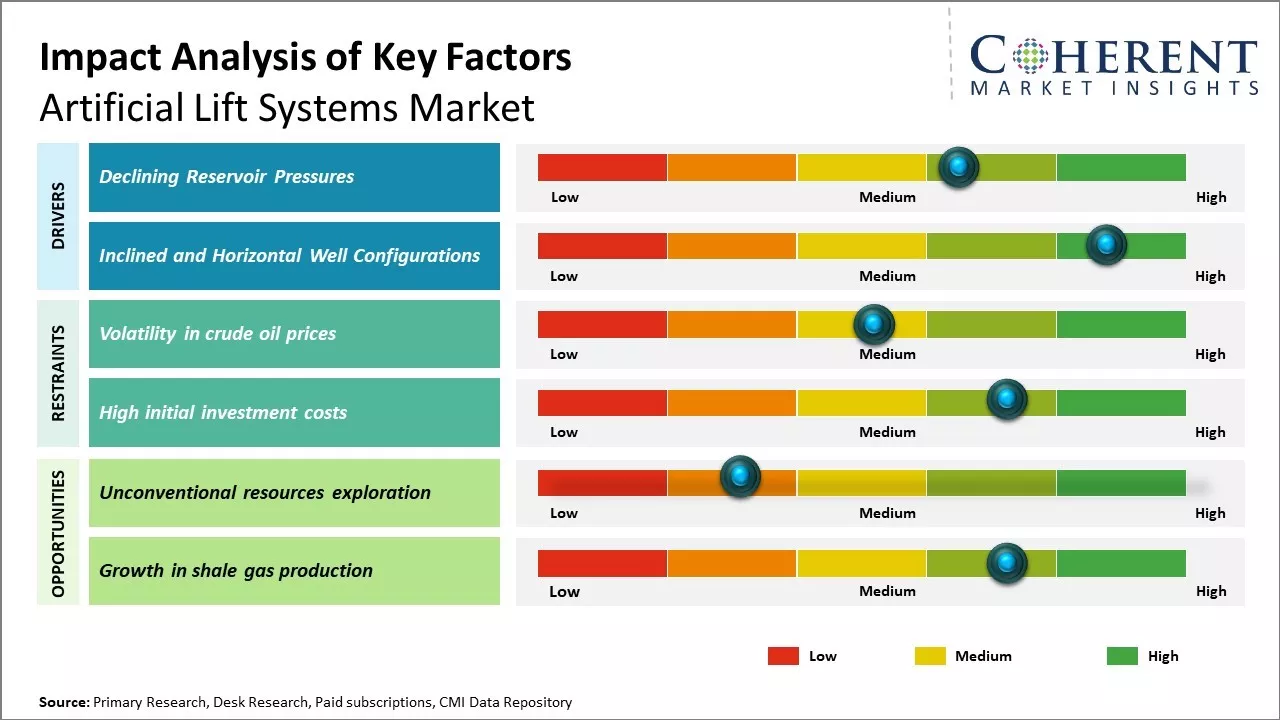Global artificial lift systems market is estimated to be valued at USD 9.14 Bn in 2025 and is expected to reach USD 15.67 Bn by 2032, exhibiting a compound annual growth rate (CAGR) of 8.0% from 2025 to 2032.

To learn more about this report, Request sample copy
Growing oil & gas production across the globe and increasing number of mature oilfields boosts demand for artificial lift systems. Many large oilfields are now in the mature phase of production and require artificial lift systems to propel the oil towards the surface. The shift towards unconventional resources such as tight oil and shale gas that require artificial lift techniques to produce the resources profitably can drive the growth of artificial lift systems market. However, volatility in oil prices can hamper the market growth over the forecast period.
Market Driver: Declining Reservoir Pressures
As oil wells age and reservoirs deplete, reservoir pressures decline naturally over time, thus, making it harder to produce oil to the surface. With declining reservoir pressures, wells require artificial lift systems to supplement and replace the natural pressure and drive the oil out of the formation. Many mature oilfields around the world have been producing for decades and reservoir pressures have reduced significantly. While active management practices like water or gas injection can maintain pressure over the long run, artificial lift systems are critical tools for operators to continue extracting remaining reserves. By utilizing techniques like rod lift, ESP systems and progressing cavity pumps, production can be sustained even from reservoirs with very low pressures. This optimize the lifetime of fields and maximize ultimate oil recovery, which is important for field economics. As more and more mature oil basins globally reach later stages of their lifecycles, demand for artificial lift solutions will continue growing to address declining natural drives.
Joining thousands of companies around the world committed to making the Excellent Business Solutions.
View All Our Clients